Top 3 Songs? Portishead — All Mine Ziúr J.I.D. — Surrounds Sound (feat. 21 Savage & Baby Tate) This article is available in print and in our digital edition. To read the full article, please subscribe.
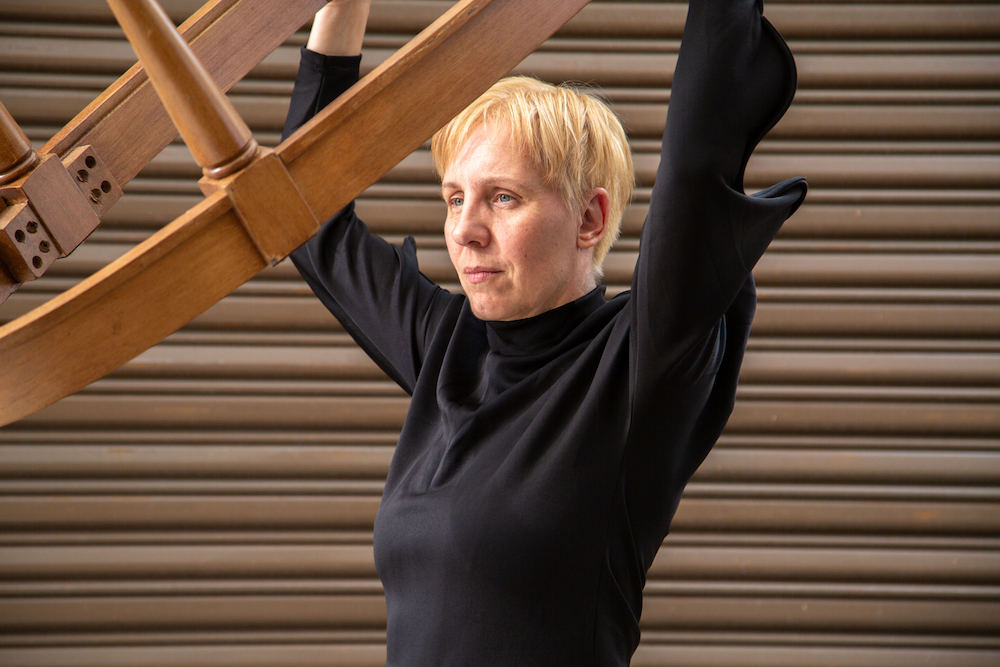

Top 3 Songs? Portishead — All Mine Ziúr J.I.D. — Surrounds Sound (feat. 21 Savage & Baby Tate) This article is available in print and in our digital edition. To read the full article, please subscribe.
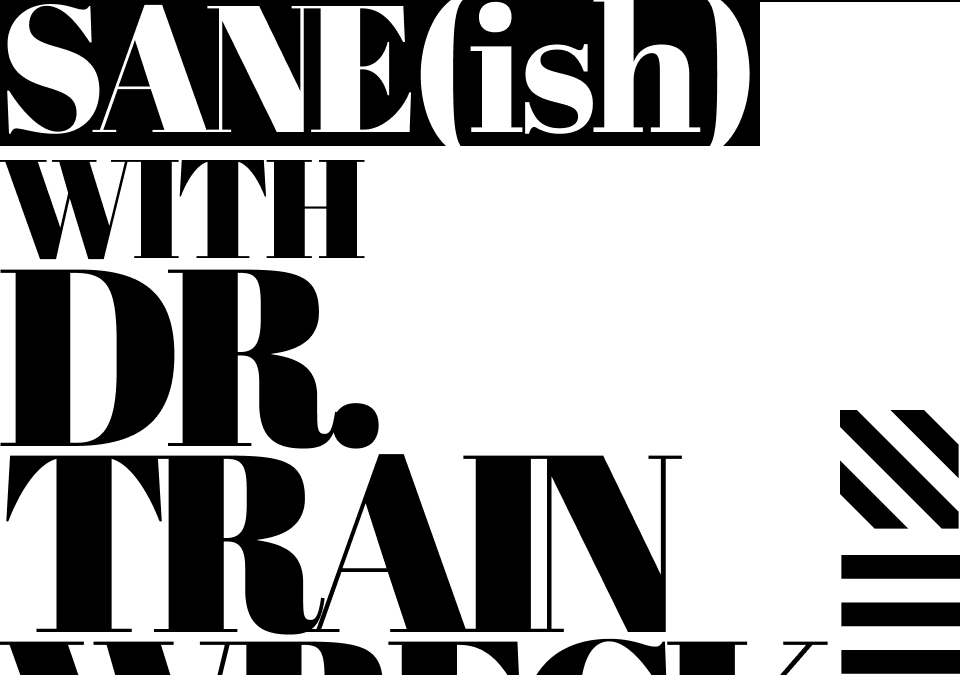
If you are reading this magazine, you might be an artist. Or you have a friend who is, or perhaps you are at a Barnes and Noble flipping through Artillery while you wait to purchase an oversized coffee table book of Rock n Roll photography for some guy’s housewarming...
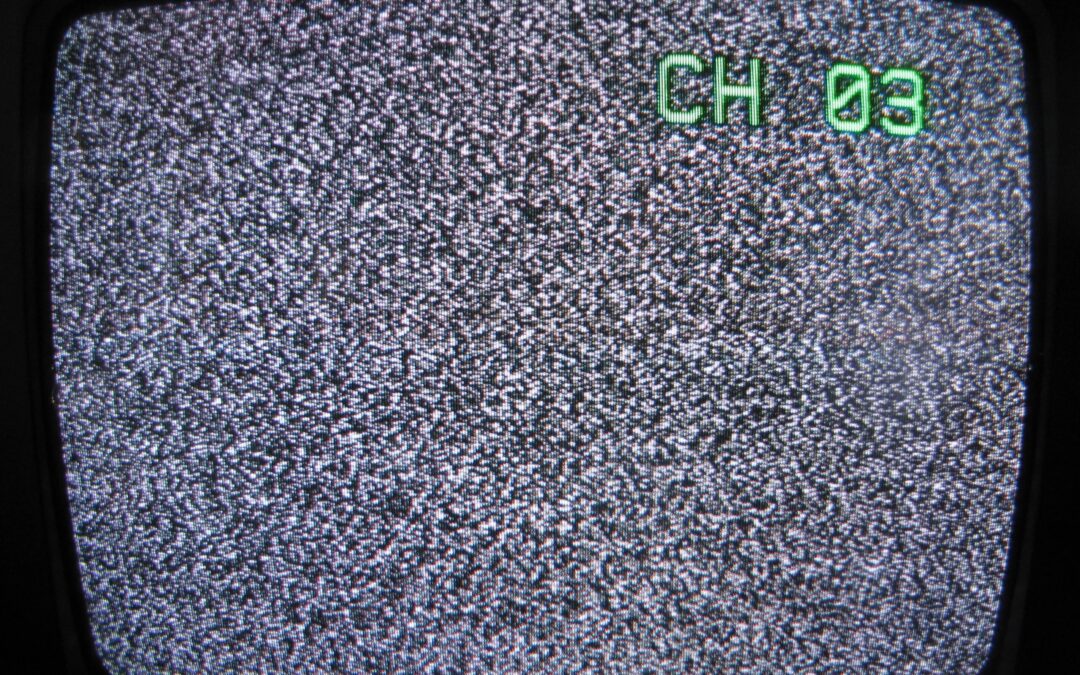
(Excerpt from an essay). Hugh Jackman makes a brief cameo in the third Night at the Museum movie aptly titled Secret of the Tomb, where he plays himself playing King Arthur in a stage production of Camelot. Jackman as Arthur gets visited by Sir Lancelot, played by Dan...
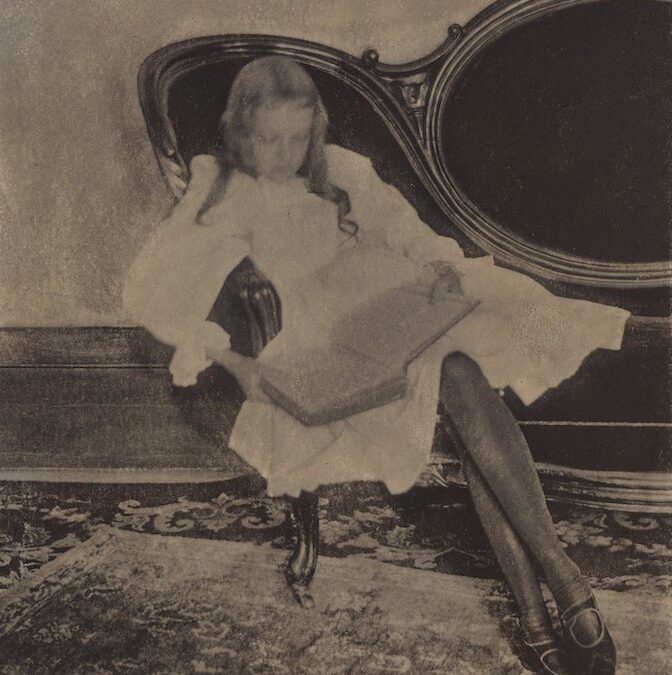
The Bride of Frankenstein Late at night, I glimpse my ideal woman. Problem is, she exists only on TV. Nonetheless, I am smitten. Seams divide one perfect cheek into three continents. Her impersonation of an angry swan is so feral that I long to fill my mouth with...

What is the Purpose of All of This? And by This, I Mean Life Dear Dr. Trainwreck, I have recently gone through a life change (a major breakup and move) and am having a hard time finding my footing. The close friends that I thought would be there for me disappeared...
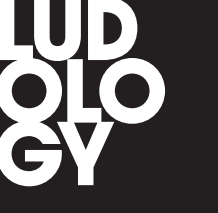
I'm... ...located at an arts fortress that is always free, but you should make a reservation. ...an extremely sexual painting whose description of what the group is doing is written in a non-offensive language that the entire family can read. ...small (about the size...
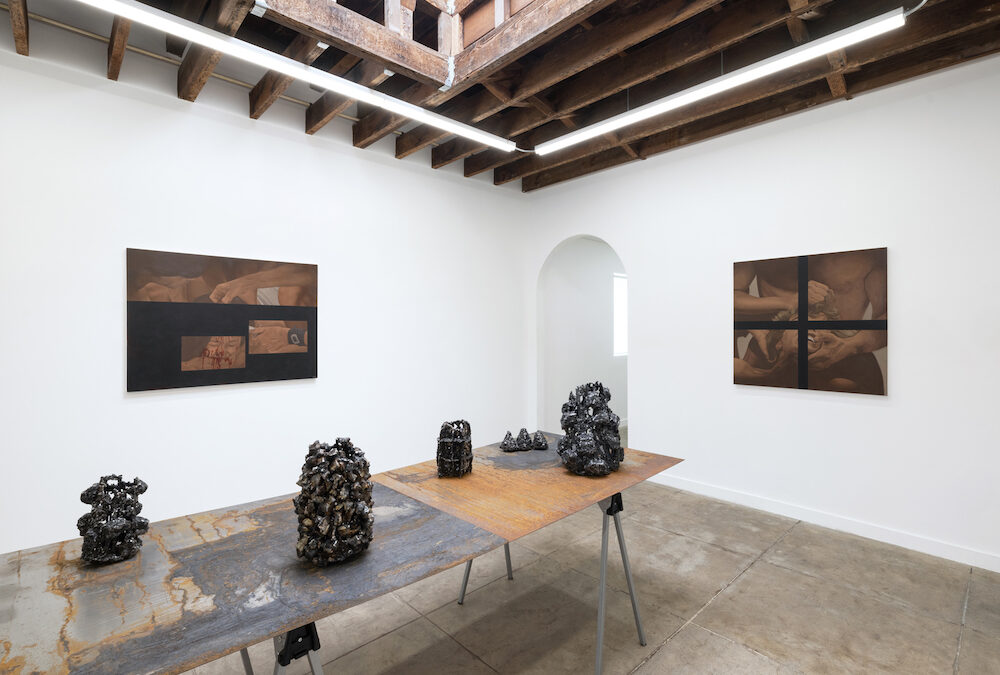
The title of the two-person show at Cheremoya, “Conversion,” has a twofold implication: religious and material transformation. Calla Donofrio’s desaturated paintings depict acts of (sometimes sexual) violence that have been censored by parts of the image being blacked...
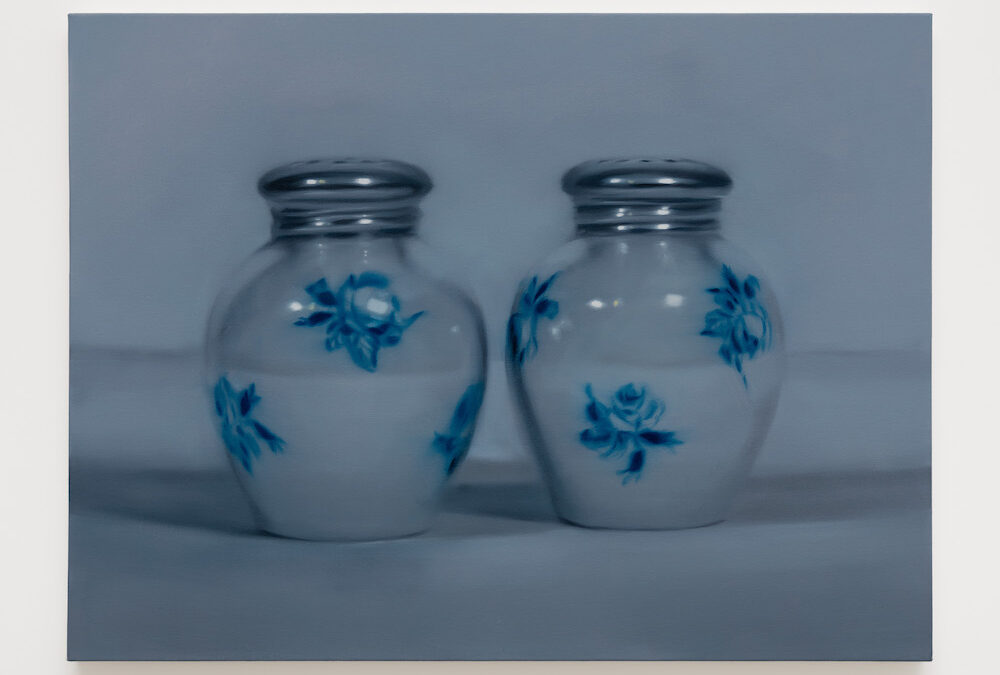
In Robert Russell’s solo show “Stateless Objects,” lush paintings of solitary vessels and kitchenware float like apparitions on the walls of Anat Ebgi. A mix of Judaica—challah platters, kiddush cups, and the like—alongside porcelain teacups produced in pre-Holocaust...
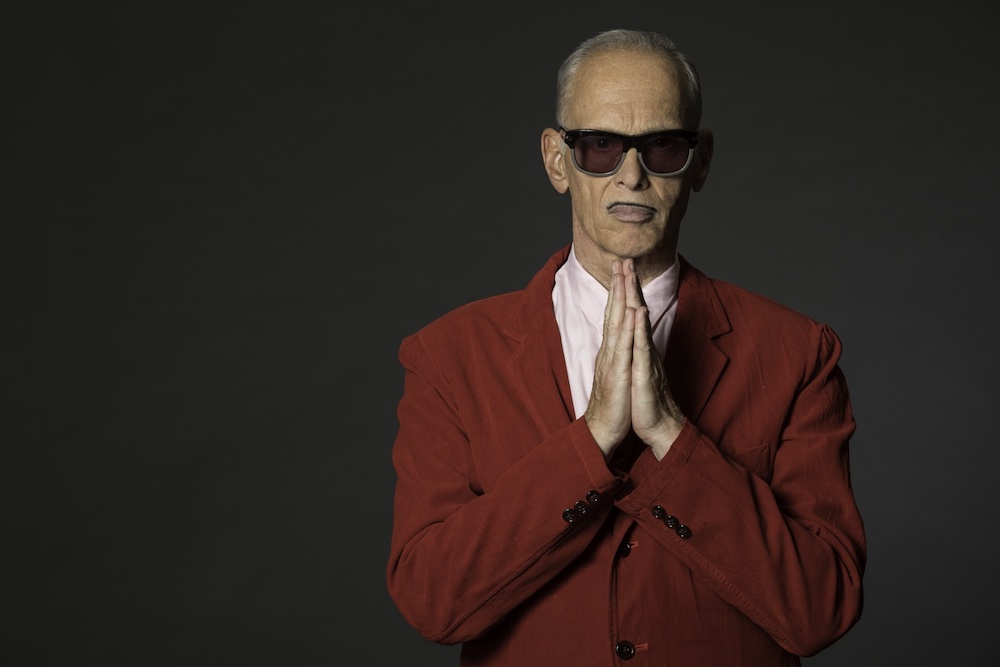
Can John Waters offend anyone these days? It hardly seems so. “I’m tired of being respectable,” he quipped at his show, “John Waters’ Birthday Celebration: The Naked Truth,” admitting he might be relatively mainstream today. He listed all his recent awards, and now he...
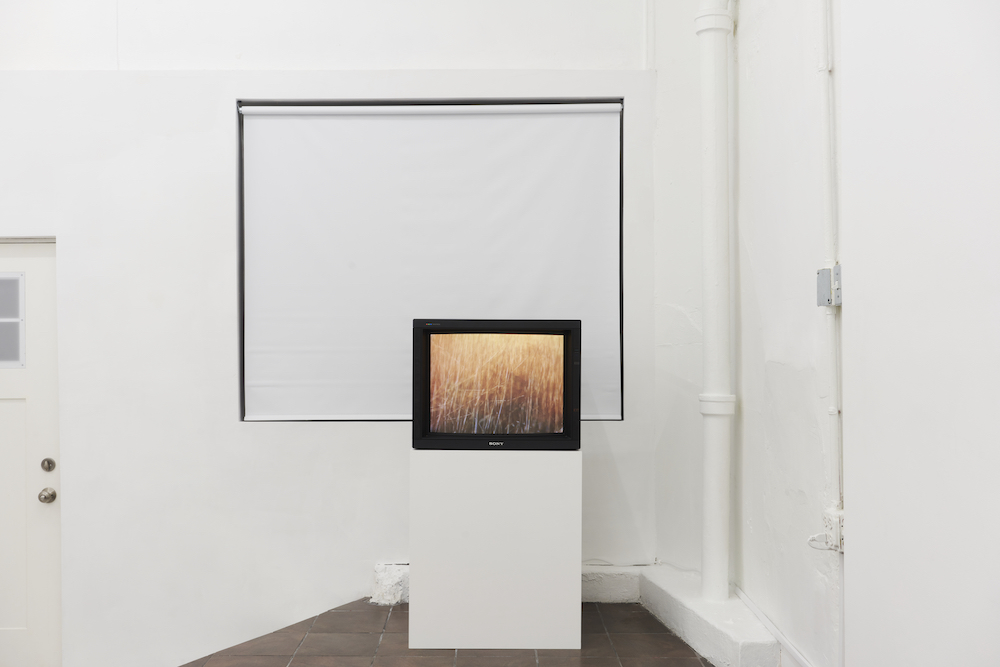
In “First Alienation,” printed matter and machine vision come together in a clearly human context at Timeshare, a co-curated gallery run by six artists in Lincoln Heights. The earliest work included in the show is Nancy Holt and Robert Smithson’s 1971 16mm...
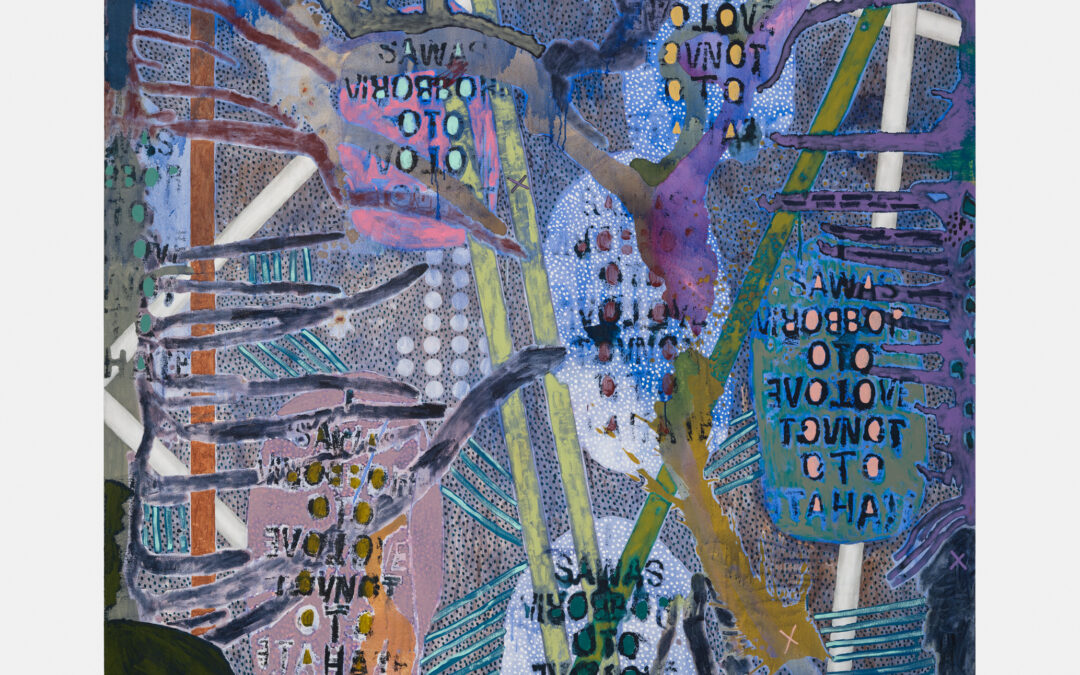
Situating her work at the juncture of word and image—an intermedial locus where, in her case, verbal content is at once borne and engulfed by complex painterly structures —Alexandra Grant has, in fact, had to struggle to achieve a coherent balance between her twinned...
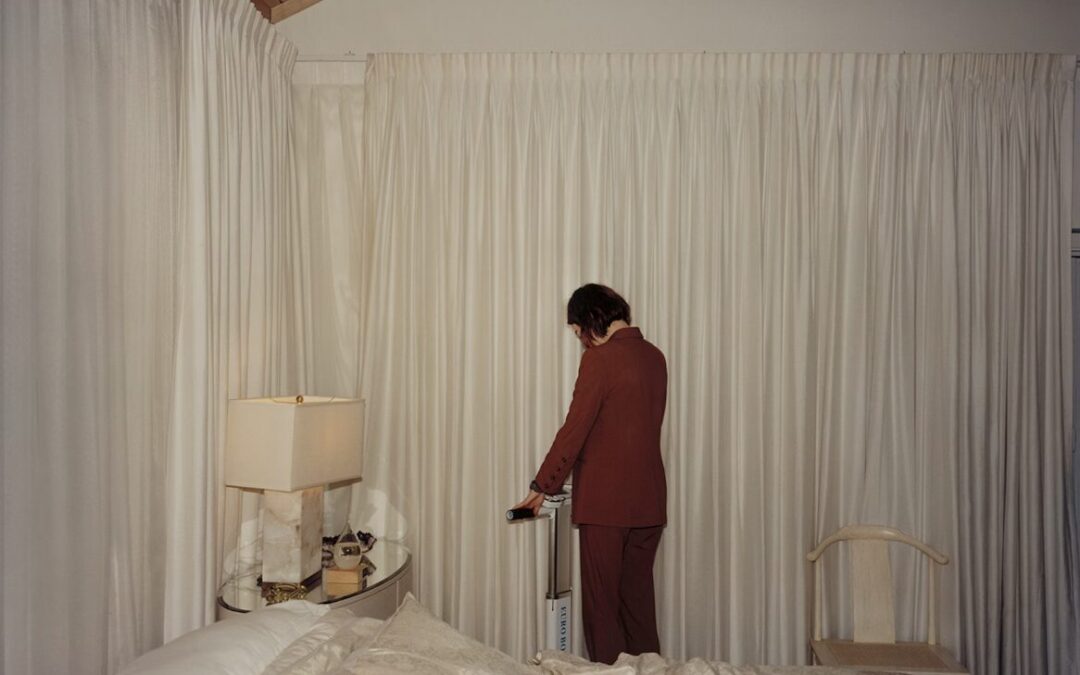
The images in Yorgos Lanthimos’ first photography exhibition were captured while the filmmaker was shooting Kinds of Kindness (2024) and Poor Things (2023), but you wouldn’t be able to tell by looking at them. Except for the actress Hunter Schafer in one stark...
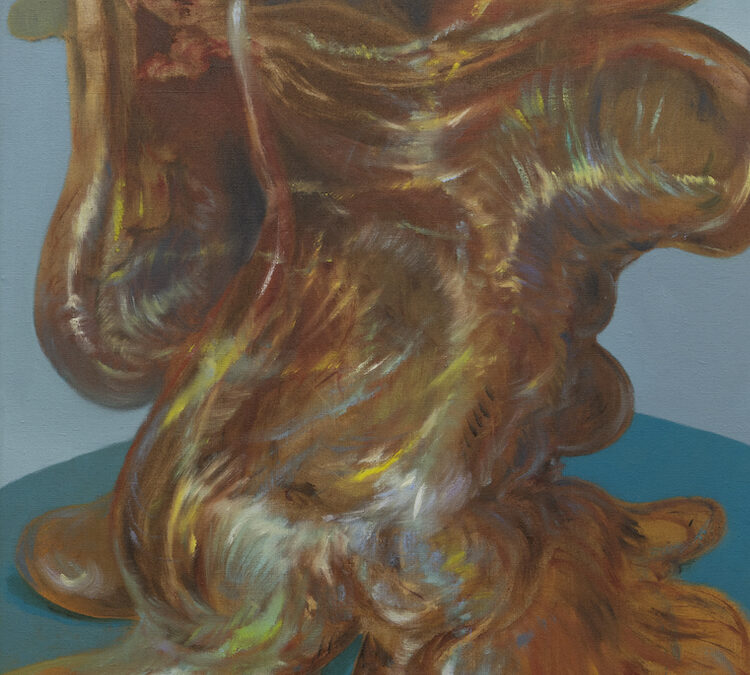
Teresa Murta’s hallucinatory fever dream of gestural abstraction is full of organic lines and undulating forms that made me feel like I was finding images in clouds that would begin to take a familiar form before disintegrating before my eyes. Is that a bouquet...
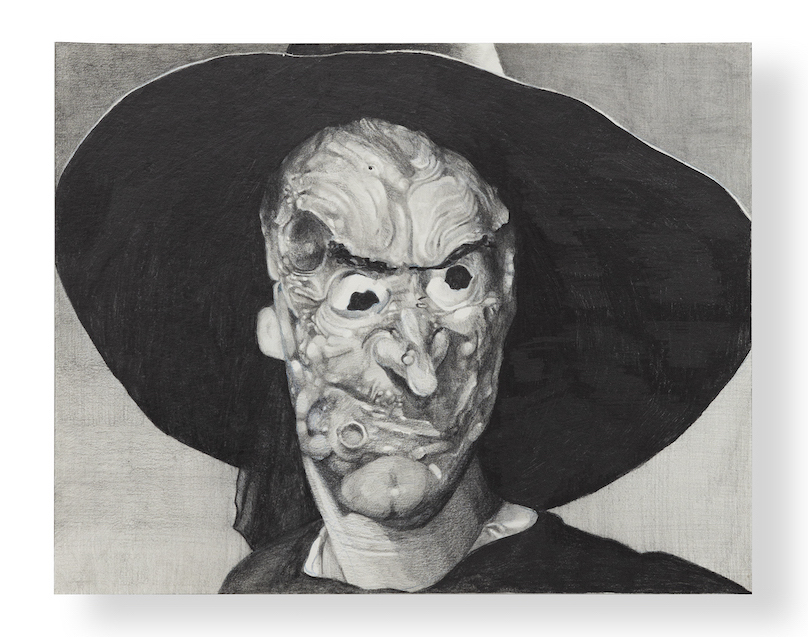
Those of us who have dreamed—which I pray is everyone reading this—know how it goes: A cacophony of vignettes rattle through your unconscious, some a single flash, some endless, though in reality, they’re all only a few seconds in duration. No matter their...
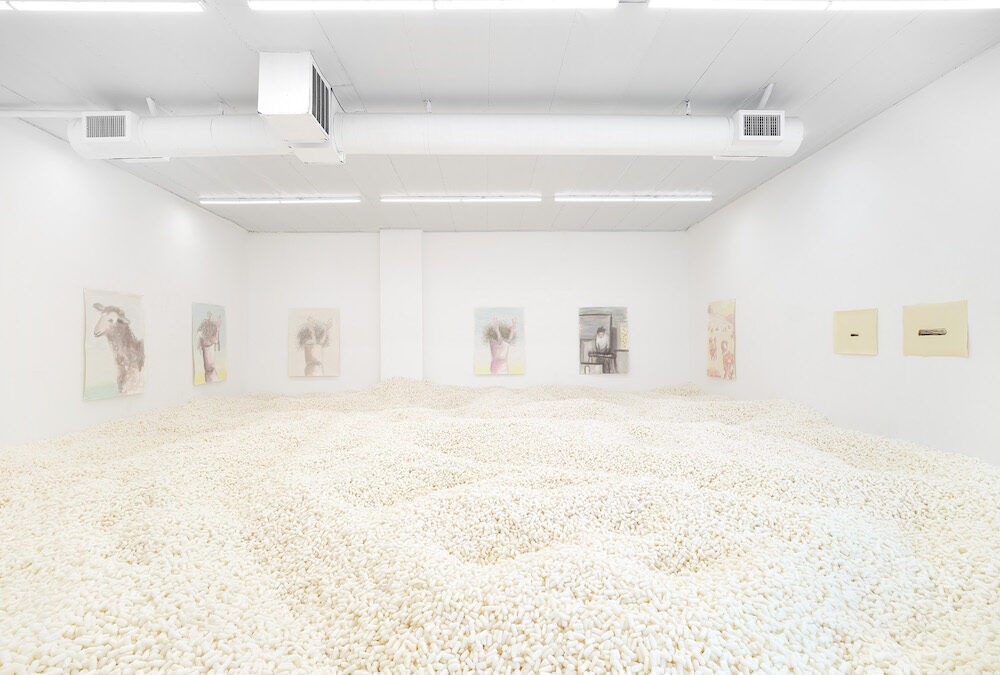
It seems heaven is butter scented. Or at least La Loma Projects is butter scented. And who knew the Pearly Gates were actually in Highland Park? Walking through those gallery doors, you’re hit with a bright light that really does feel like a scene out of a...
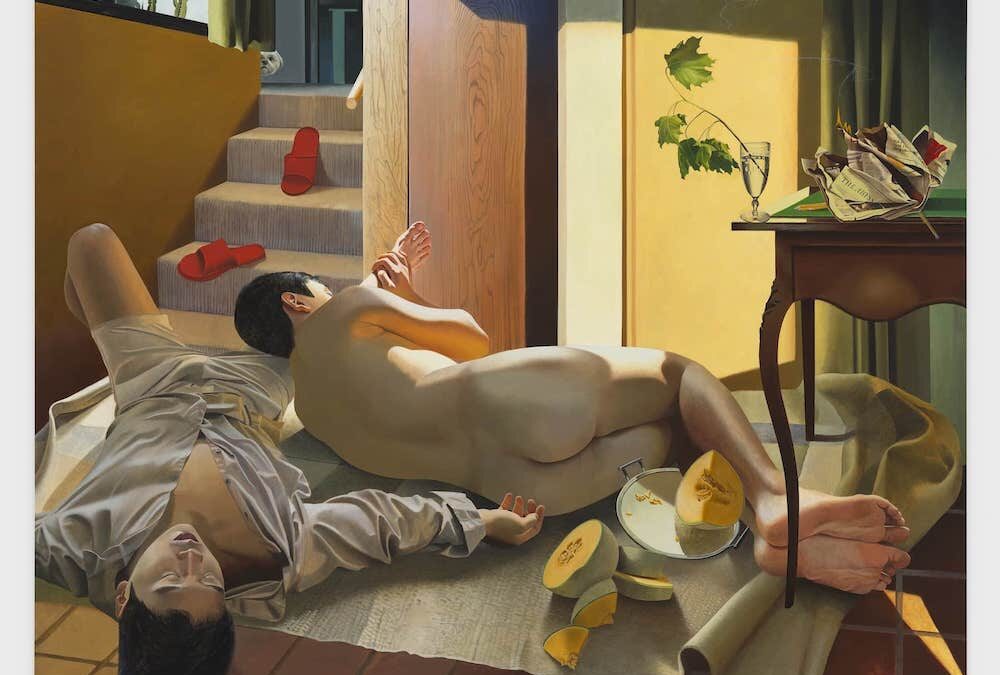
Kyle Dunn celebrates the languid vibe of siesta culture through figurative and still-life pieces. The works on view use acrylic to replicate the luminosity of the Old Masters’ oils, giving Vermeer illuminated by the harsh New York summer sun. Siesta (2024)...
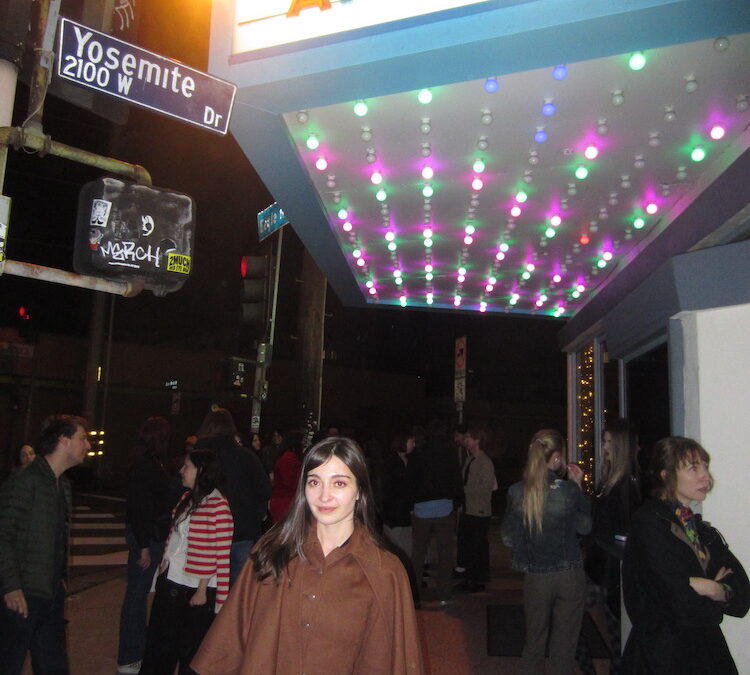
DAY ONE Last night, Vidiots at Eagle Rock saw the start of the only weekend of the year where being an indie filmmaker in LA feels like it truly matters as much as it should. As the second edition of the Los Angeles Festival of Movies kicked off, current microbudget...
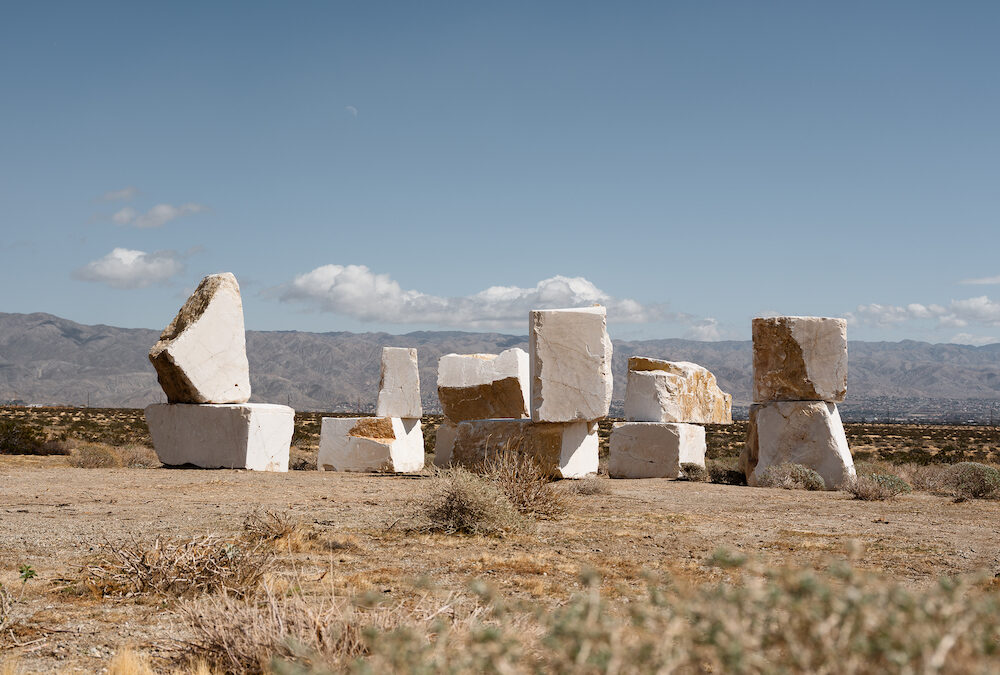
Since 2017, I have been among the 1.7 million people who have participated in the art biennial-cum-treasure hunt to seek out large-scale, site-specific contemporary art installations scattered throughout the Coachella Valley desert, the land of the haves and...

Subscribe to our weekly Gallery Rounds Newsletter for new Reviews, Art opps, Art Events, & More every week!